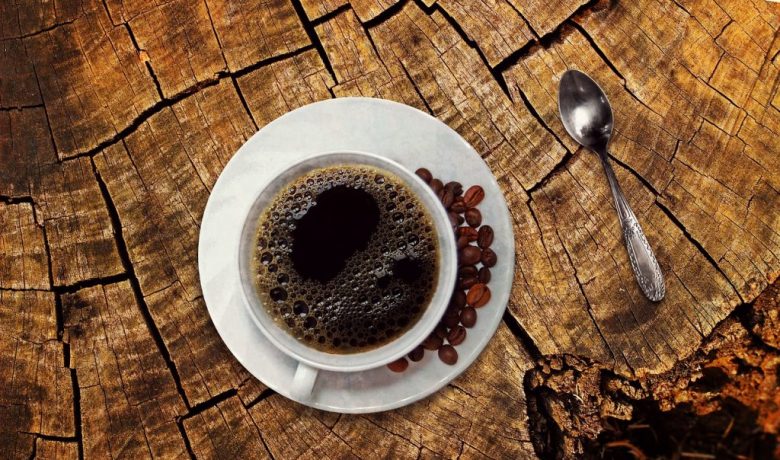Which country is the word “Espresso” derived from?
If you’re a coffee lover, then “espresso” is likely familiar; you’ve either sipped one or heard someone order it. In the world of coffee, Espresso stands out as a rich and complex beverage that’s delightful on its own or blended with other drinks. Like coffee beans themselves, Espresso has its own origin story and etymology.
Let’s delve into what “espresso” means, its origins, how it’s correctly spelled, and what it signifies today.
What Is Espresso?
Espresso is a strongly flavored concentrated coffee typically enjoyed fresh because of its robust caffeine taste. It’s brewed by forcing hot water through finely ground coffee beans. The ground beans are placed in a handheld filter and compressed with a disc to pack them tightly.
This tamping helps extract flavors effectively from below. While it’s possible to make Espresso without an espresso machine, it demands extra effort on your part. Though feasible without specialized equipment, it’s not ideal for long-term use.
The Origins of Espresso
The term “espresso” comes from Italian and means fast. In 1884, an Italian named Angelo Moriondo patented a device akin to an espresso machine designed to brew quick and strong coffee. In 1901, Luigi Bezzara patented another machine aimed at compressing and serving coffee specifically for customers; this was later purchased by Desidero Pavoni in 1905 and became the first commercial espresso machine available publicly.
By 1920, “Caffe espresso” was added to Italian dictionaries as meaning pressurized filter. Cafes emerged as popular spots where people sought strong caffeine hits frequently. As more people visited these cafes, “Espresso” increasingly became synonymous with cups of coffee made by these machines. By the early 20th century, Achille Gaggia patented what we now recognize as modern espresso machines—the first to produce that signature crema layer we associate with today’s espressos.
Espresso or Expresso?
Espresso sounds like “express” in English—implying speed. Given how quickly it’s prepared, it’s no surprise English speakers sometimes say express instead of espresso—aptly so! Considering its Italian roots though, some view “Expresso” as incorrect spelling. In Italian eateries, Espresso signifies “quick customization.” The ancient term “Exprimere” means squeezing or pressing something out under pressure—aptly describing how espressos are made.
Which came first?
It might be surprising, but this drink was invented before the term itself existed. The word “Espresso” became widely recognized in 1884 when Italian inventor Angelo Morindo applied for a patent for a rapid steam-powered coffee machine. As subsequent investors refined Morindo’s original design, the term “Espresso” began to be used more frequently.
What does Espresso mean to coffee enthusiasts?
For coffee enthusiasts, “Espresso” signifies a perfectly balanced cup of coffee with complex flavors. Brewing fresh espresso fills your space with its rich aroma that matches its taste; there are also numerous variations to explore—like Con Panna or Cortado (espresso mixed with milk in equal parts), classic Macchiato, and Americano.
For Italians, enjoying an espresso might mean sipping on a cup at a local bar later in the afternoon. Espresso is deeply connected to local culture distinct from broader Italian traditions.
Though Italians invented the first modern espresso machine and pioneered their unique coffee culture, espresso has transcended being just an Italian drink. It has spread across numerous countries, inspiring various adaptations—such as American-style Cappuccino.
Why do people love Espresso?
Espresso is renowned for providing a quick caffeine fix due to its higher concentration compared to regular coffee. Each sip packs enough caffeine to help you power through a sluggish day or stay alert during busy mornings.
Additionally, you can savor the delightful crema or brown foam atop your espresso. The pressure from an espresso machine extracts aromatic oils from the coffee beans, resulting in rich reddish-brown crema.
Modern Espresso
Modern espresso has its roots in Italian culture. By 1940, Italians had already made an impact on the West and other regions of the world, as people began frequenting local cafes to savor a delightful espresso. This beverage became popular as an aperitif, something to sip before a date or while catching up with friends at a nearby cafe.
In summary
The term “espresso” and the delectable drink itself were embraced by English speakers thanks to the Italians. The brewing technique developed by Italians wasn’t referred to as “espresso” until many years later.
